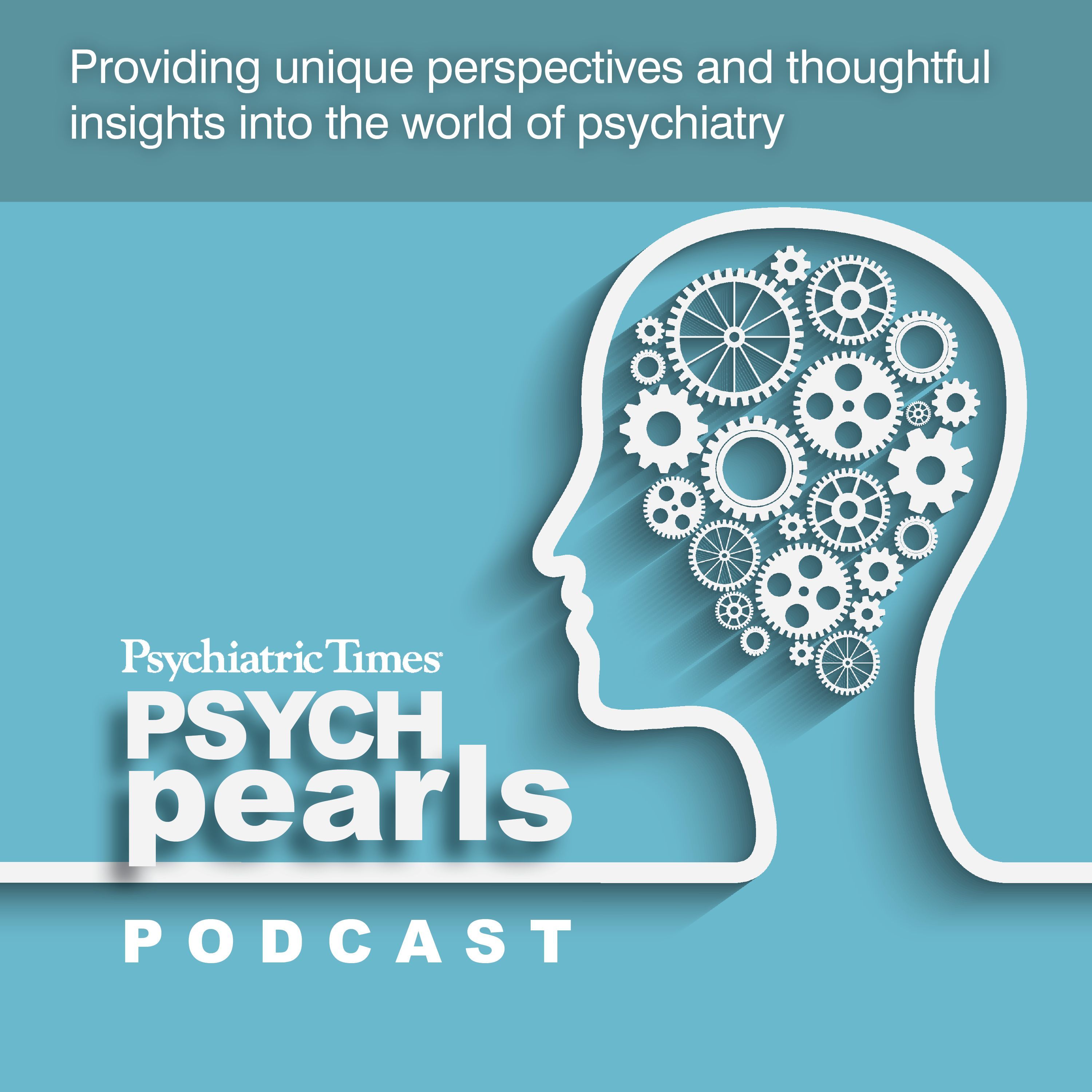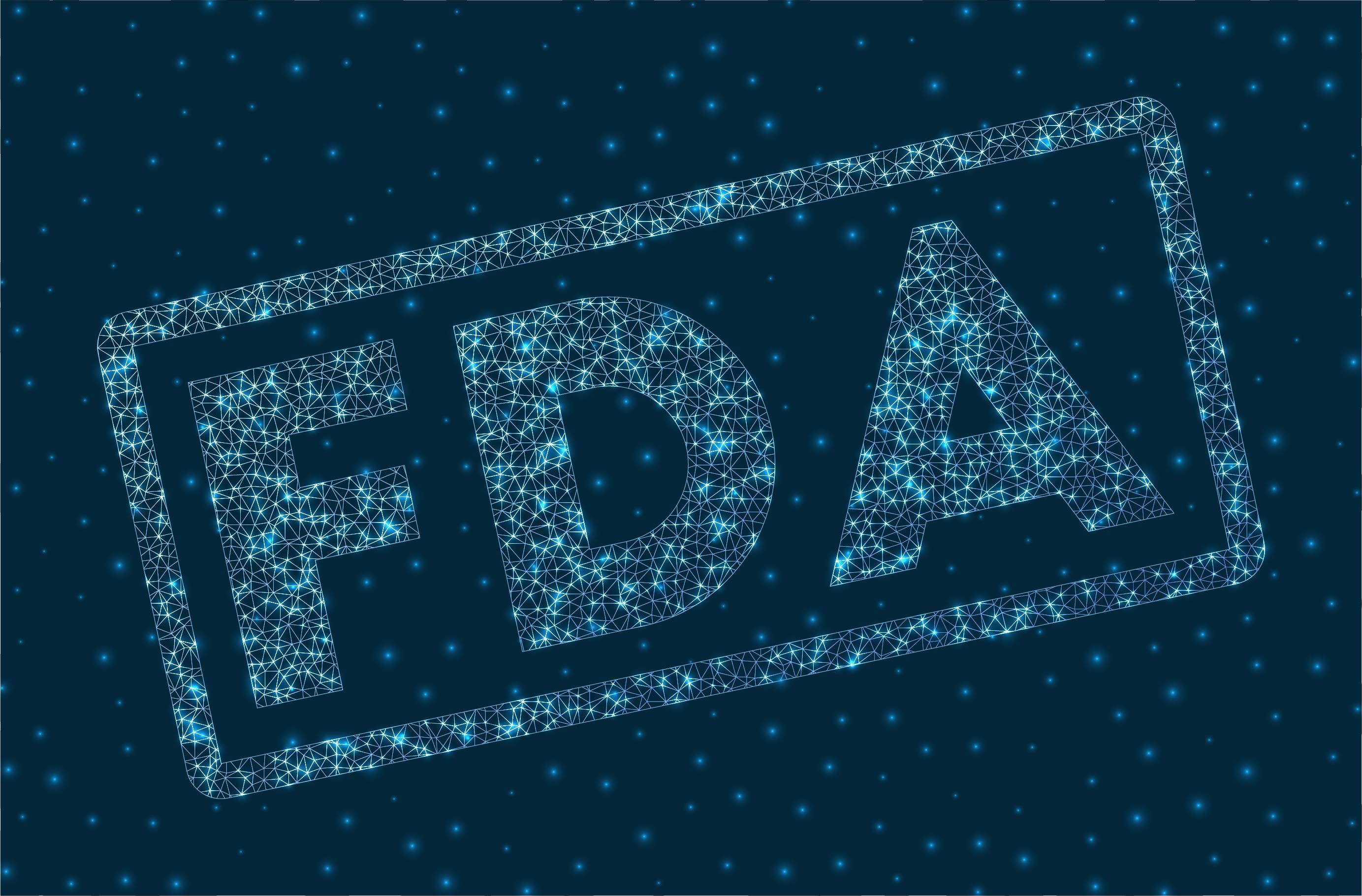TRANSLATING RESEARCH INTO PRACTICE
Rajesh R. Tampi, MD, MS, DFAPA, DFAAGP, Column Editor
A monthly column dedicated to reviewing the literature and sharing clinical implications.
Xanomeline is a synthetic muscarinic receptor agonist that binds preferentially to the M1 and M4 muscarinic receptors. Despite its lack of dopaminergic activity, it has been found to reduce symptoms of psychosis in patients with schizophrenia. Combination with trospium chloride blocks its peripheral activity, decreasing the incidence of anticholinergic adverse effects. The EMERGENT-2 trial is a phase 3, randomized, placebo-controlled study comparing use of xanomeline-trospium (Cobenfy), formerly known as KarXT, with placebo in patients with schizophrenia experiencing acute psychosis.
The Study
Kaul I, Sawchak S, Correll CU, et al. Efficacy and safety of the muscarinic receptor agonist KarXT (xanomeline-trospium) in schizophrenia (EMERGENT-2) in the USA: results from a randomised, double-blind, placebo-controlled, flexible-dose phase 3 trial. Lancet. 2024;403(10422):160-170.
Study Funding
Karuna Therapeutics
Study Objectives
Evaluating the use of xanomeline-trospium as a novel agent for the treatment of acute psychosis in patients with schizophrenia.
Methodology
This study was a phase 3, randomized, double-blind, placebo-controlled trial conducted at 22 inpatient psychiatric facilities across the United States comparing xanomeline-trospium with placebo for the treatment of acute psychosis in patients with a primary diagnosis of schizophrenia. The study had a screening period of 7 to 14 days and a trial duration of 5 weeks. Study participants were 18 to 65 years of age with a primary diagnosis of schizophrenia with acute exacerbation requiring hospital admission within the last 2 months.
Of 407 individuals screened, 252 participants met inclusion criteria and were randomly assigned 1:1 to the treatment group or placebo group. Analyses were completed using modified intention-to-treat populations that included all participants who completed a baseline assessment, at least 1 dose of medication, and at least 1 postbaseline Positive and Negative Syndrome Scale (PANSS) assessment (117 participants in treatment group, 119 participants in placebo group).
The primary outcome of the study was least square means (LSM) change from baseline in PANSS score at week 5. LSM of PANSS subscales and Clinical Global Impressions-Severity (CGI-S) scales were also calculated. Researchers also compared the percentage of PANSS responders at thresholds of greater than or equal to 20%, greater than or equal to 40%, and greater than or equal to 50% between treatment and placebo groups.
Study Results
There were no statistically significant differences found between the treatment and placebo groups for baseline demographics including sex, race, body mass index, baseline PANSS score, and CGI-S score.
The study results showed a statistically significant decrease in PANSS total score, PANSS subscale scores, and CGI-S from baseline to week 5 when comparing treatment and placebo groups (PANSS total score, –9.6 [95% CI, –13.9 to –5.2]; PANSS positive subscale, –2.9 [95% CI, –4.3 to –1.5.]; PANSS negative subscale, –1.8 [95% CI, –3.1 to –0.5]; PANSS Marder negative factor score, –2.2 [95% CI, –3.6 to –0.08]; CGI-S scale score, –0.6 [95% CI, –0.9 to –0.3]. Results also showed that the treatment group had significantly more patients with 30% or greater reduction in PANSS total score when compared with placebo (27% difference [95% CI, 13-39]).
Study Strengths
1. The study design (including its placebo control, blinding, randomization, and statistical analysis) is high quality and contributes to the internal validity of the findings.
2. Study outcomes were measured using validated assessment scales, including the PANSS Marder negative factor score, which provides a reliable measure of core negative symptom improvement.
3. The trial’s end points were clinically relevant and chosen to address broad concerns about an antipsychotic with a novel mechanism. The study provides evidence for a novel therapeutic for psychotic disorders—an area of drug development that has largely stalled since the introduction of atypical antipsychotics.
Treatment-emergent adverse events (TEAEs) were reported by 75% of participants in the treatment group and 58% in the placebo group. Most TEAEs occurred in the first few weeks and resolved before the end of the trial. The most common TEAEs in the treatment vs placebo groups include constipation (21% vs 10%), dyspepsia (19% vs 8%), headache (14% vs 12%), nausea (19% vs 6%), vomiting (14% vs 1%), hypertension (10% vs 1%), dizziness (9% vs 3%), gastroesophageal reflux disease (6% vs 0%), and diarrhea (6% vs 3%). Increase in hypertension was mostly mild, transient elevations, and no patients were discontinued due to blood pressure changes. Gastrointestinal adverse effects generally decreased over the course of the trial.
Study Weaknesses
1. Both the treatment and placebo groups may not be demographically representative of a real-world population (> 70% male; > 70% Black or African American).
2. Although the placebo control group is an important initial step, clinicians considering a potentially costly new antipsychotic will undoubtedly desire a trial of xanomeline-trospium against standard of care antipsychotics in schizophrenia treatment.
3. This trial’s duration was too short (5 weeks) to draw conclusions about long-term efficacy and tolerability, but subsequent open-label extension trials lasted 52 weeks.
Serious adverse events occurred at equal rates (2%) in the treatment and placebo arms and were determined not to be related to treatment. The xanomeline-trospium treatment group did not show any significant difference in extrapyramidal symptoms, akathisia, and dyskinesia compared with placebo. No increase in corrected QT interval was observed in the treatment group vs placebo. Xanomeline-trospium was not associated with weight gain compared with placebo (1.4 kg ± 3.31 kg vs 2.5 kg ± 6.92 kg). Rate of discontinuation was 7% for the treatment group vs 6% for the placebo group.
Conclusions
Evidence from this high-quality, randomized, double-blind, and placebo-controlled trial demonstrated that xanomeline-trospium is more efficacious than placebo at reducing positive and negative symptoms of schizophrenia after 5 weeks of treatment.
Practical Applications
Based on these trial data and data from the 4 other EMERGENT trials, xanomeline-trospium (Cobenfy) was approved by the FDA for treatment of schizophrenia in adults, and it is the first antipsychotic to have both this indication and a novel mechanism not directly targeting dopaminergic receptors. Adverse effects were most commonly those expected from cholinergic agonism (eg, gastrointestinal symptoms) and were mitigated somewhat by peripheral muscarinic antagonism. The lack of association with extrapyramidal symptoms, akathisia, weight gain, prolactin elevation, somnolence, or corrected QT prolongation makes xanomeline-trospium a worthwhile consideration from a tolerability standpoint.
Bottom Line
This phase 3 trial demonstrated that xanomeline-trospium is more efficacious than placebo in treating positive and negative psychotic symptoms in adults with schizophrenia. It is generally well tolerated, with an adverse effect profile that is distinct from that of other antipsychotics due to its novel mechanism. Xanomeline-trospium’s efficacy relative to existing treatments for schizophrenia remains unknown.
Dr Leconte is a first-year psychiatry resident at Creighton University in Omaha, Nebraska. Dr Dickan is a third-year psychiatry resident at Creighton University. Dr Schuster is a fourth-year psychiatry resident at Creighton University. Dr Mullen is an assistant professor of psychiatry at Saint Louis University School of Medicine in Missouri. Dr Tampi is professor and chair of the Department of Psychiatry at Creighton University School of Medicine and Catholic Health Initiatives Health Behavioral Health Services. He is also an adjunct professor of psychiatry at Yale School of Medicine in New Haven, Connecticut, and a member of the Psychiatric Times editorial board.
Reference
1. Kaul I, Sawchak S, Correll CU, et al. Efficacy and safety of the muscarinic receptor agonist KarXT (xanomeline-trospium) in schizophrenia (EMERGENT-2) in the USA: results from a randomised, double-blind, placebo-controlled, flexible-dose phase 3 trial. Lancet. 2024;403(10422):160-170.







